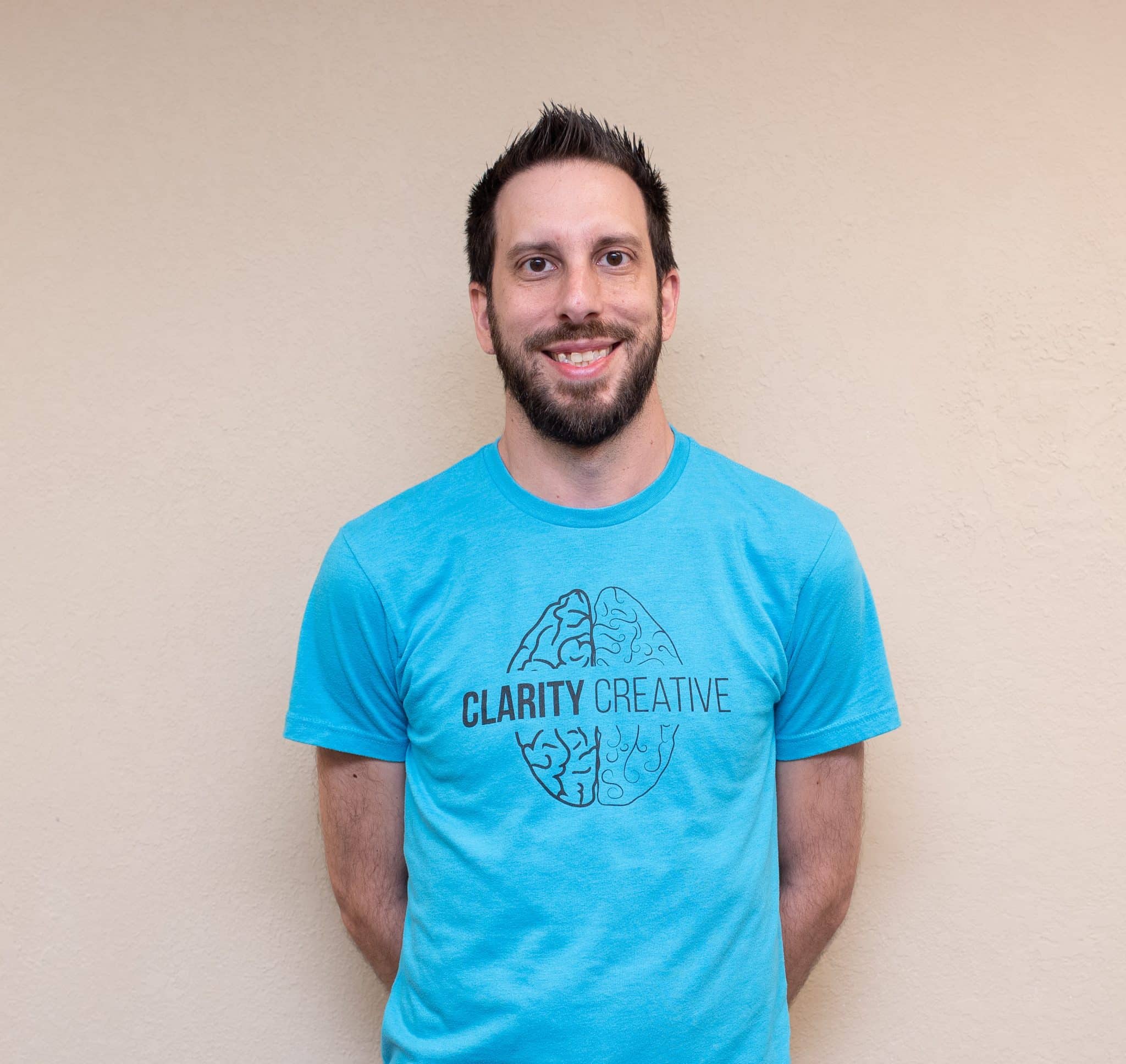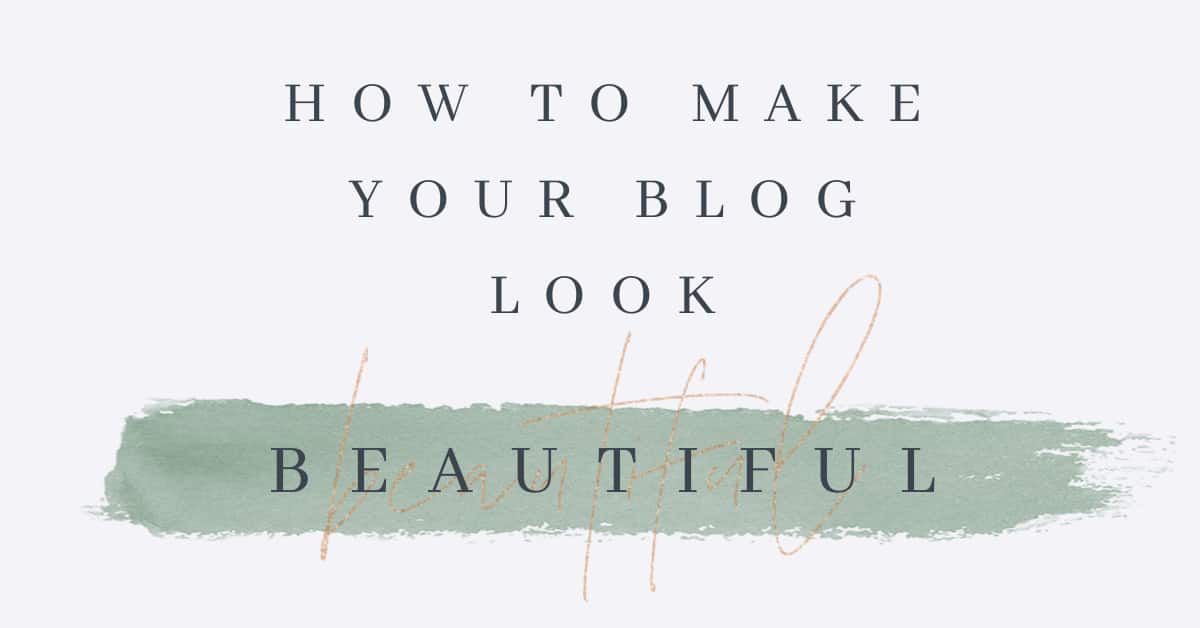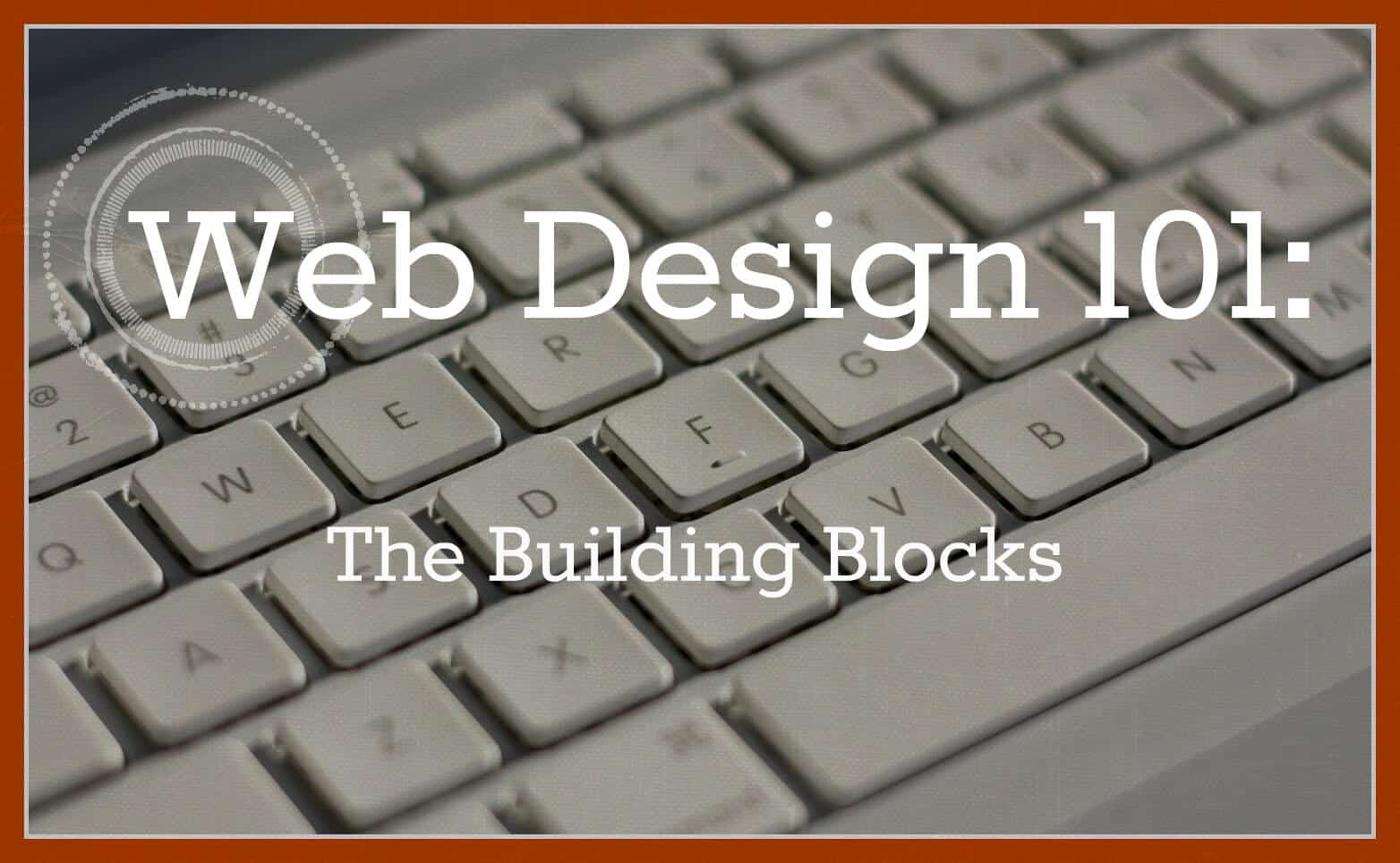For our second episode, we discuss:
- Our weekly tool/tip segment, this week we talked about Loom Screen Recording and how to use it in your business
- Trivia Round – Craig and producer Brian answer trivia questions related to business owners with business startups.
- Deep Dive – We talk about what it takes to startup you business from incorporating to branding. Do you need insurance and why?
If you’re just launching your business or at a point where your business is kicking your butt, no worries! Learn from our experience; get some ideas to take your business to the next level.
Like what you hear? Go ahead and subscribe:
- Subscribe to us on Apple iTunes
- Listen to us & subscribe on Stitcher or Google Play
- Follow us on Soundcloud
Can’t hear it? Forgot to bring your headphones with you? We’ve got you covered. Read the full transcript below:
Episode Transcript
David: All right, we are on Episode 2 of the IWantBusiness Small Business Podcast.
Craig: Wooooooo!
David: On to number two, can you believe it? We made it through number one!
Craig: I know. I feel really good about this.
David: This is great. I’m pretty sure this is a habit; we’re doing it twice.
Craig: We’re doing it twice; it’s a real thing. I’m Craig, that’s David. It’s Episode 2, you are now in it.
David: Here we go, here we go. So, every episode is going to start with a tool, and so we’re gonna talk about either a blog or something that we found online that we’re using in our everyday business to help grow your small business, which is what we’re trying to do.
So Craig, let me tell you about this cool tool I found.
Craig: Please!
David: This is awesome. It’s called Loom.
Craig: “Loom” like…that a lady would…
David: Yes.
Craig: I shouldn’t have said “lady,” anyone could do a loom, right?
David: Anyone could do a loom.
Craig: Nobody uses looms anymore.
David: No. Except for now, online…
Craig: Right.
David: Go to UseLoom.com, okay?
Craig: Boom, there it is.
David: Lemme just say, I’m not at all affiliated with any of these companies and there’s no affiliates or any sort of pay for saying it. I just use these tools and love ’em.
Craig: But if they’re listening and they like what we’re saying…free stuff…we’ll give you the address. (laughs)
David: We do love free stuff.
Craig: I’ll do a Use Loom t-shirt, maybe. UseLoom.com bumper stickers.
David: I don’t know how that’s gonna go on a podcast where they can’t see you, but yeah. We could do it.
Craig: On the website, maybe. I don’t know.
David: Oh, yeah! Yeah, absolutely.
Craig: Tell me about Loom.
David: Okay. So the name maybe doesn’t say it, but what Loom is is a video screen capture tool, which also will record your video and your audio. So what you can do, the way I actually used it today, we had a meeting with a client. I had a whole screen cast of how to use their website and at the end of it, they were like, “Oh, this is fantastic!” We were all done, and then 20 minutes later, I got an email saying, “Hey, how do I update the slider?” And I was like, “That’s a great question.” And instead of me now having to create a pdf, what I did is I turned on my Loom, I recorded myself updating the slider with a little video and audio, talking them through it…
Craig: Ooohhh…!
David: …and all of a sudden, I saved it and sent it over to ’em and now they have a little two-minute video on how to update their slider.
Craig: So you’re saying you can record, not just yourself, but what you’re doing on your computer screen?
David: Yeah, it’s so easy, it does a nice screen grab…
Craig: Oooh, I like.
David: …of what you’re doing, full video, and you can even put yourself in a little corner, if you got a face. Mine’s not video–friendly, but I put it there anyway. And it is great, it was so easy to use. I’ve used it a couple times now, and I can even think of it as…maybe trying to walk somebody through something new.
One of their case studies is maybe training your employees, you can use it for. I can definitely see doing that. But I would even think, maybe, saving yourself on an email to somebody. Maybe, “Hey, I need you to Google ‘trivia Orlando’ and see what’s gonna come up” and maybe they’re gonna start clicking through and you’re gonna talk about what you’re seeing and even use it as a more interactive way.
Craig: So you can live share, yes?
David: I don’t necessarily know if it does live.
Craig: Okay, but you can film and then send.
David: Film and then send and you can do it straight through Gmail; it has a link that you can share and then you can go public.
Craig: Is there anything out there that’s kind of like this, comparable or is this really unique?
David: I’ll be honest, there’s a ton of tools that do the same thing, but this one, I just found, was so easy.
Craig: That’s huge.
David: I use it on Chrome; there’s a little Chrome extension. I downloaded it. It uses the mic, it uses the webcam, I didn’t have to download any physical software, so it was really simple to use. It just looked good, it was so simple. You could do a Google Hangout and there’s definitely other opportunities there. But it just did everything nicely. And for now, it’s free while using it. They just ask that you pass the information along and I was like, “Eh, maybe.” But after using it for a couple of weeks, I really like it, I love it. I can definitely see where it helps.
Craig: Are there any other applications that you can see it working for? I mean, obviously for our business with web clients. For us, it’s gonna be amazing to record us doing functions on a back end that we’re handing over to them, that’s great. Because they can also review this, I’m assuming, right? Does it save as an mp4? How does it save?
David: Yeah, it saves in the cloud and then you can download it.
Craig: Okay. Rewatchable.
David: Yeah, so you can definitely take it and do whatever you want with it. You can turn it into a video series. I’m sure you could probably put it on YouTube, which is kinda cool, or even share it on Facebook. So maybe it’s just showing off your website or introducing things about your business. You can even use this tool to then…it’s almost like using Facebook Live but a little bit more…you’re watching the screen instead of watching your face.
Craig: Right. So really sharing what that experience on the computer is between those people.
David: Yeah, yeah.
Craig: Do you happen to know, yet, if they’re looking at doing more live stuff? Because you said Google Hangouts, things like that, that’s more of a live situation. This really is more about the teachability push?
David: Yeah, more the idea of being able to share information. So, again, great for showing an employee how to do a function within your business or to use a certain program that you use on your computer. And the cool thing is, it’s not just about sharing the web, you can also share things like doing something in Microsoft Word or doing something like-
Craig: Oh! So it’s not just web stuff?
David: It’s not just web stuff.
Craig: Okay.
David: You can also screenshare whatever you want to screen. If it’s on your screen, you can share it.
Craig: You might have just given me what I will now be using to show my parents how to use their computer. And they will be listening to this, so I’m sure they will be getting a chuckle. I recently suggested videos to learn how to use technology. And I think, even for myself when you’re teaching me something new—because, again, David and I are business partners and he shows me stuff all the time—rather than have him say it again and again and again, it’d be so great to have a video of how to get back to it.
Mom, I know you’re hearing this, you are gonna get some Loom videos for how to use your Chrome Book. I just want you to know that.
David: Yeah, that’s exactly it, it prevents you from having to repeat yourself. So if you find yourself doing things a couple times within your business, I think this is a great tool to pull out and just have a video of you doing it and it allows you to record yourself. Again, there’s plenty of other ones out there, but I think this one is up and coming and they really honed it to be really user-friendly, really simple, and really streamlined. Nice.
Craig: Awesome. That tool of the week, a huge one here, tool of the episode, more accurate there. Coming up next, we are gonna jump into our trivia segment.
David: All right, guys, you ready for some trivia? [Last] time around, it was David vs. Brian; this time around, it is Brian vs. Craig.
Craig: But first, we want to say that the current standings is David – 1, Craig – 0, Brian – 0.
David: I love it! We’re all done! Trivia’s done for, let’s stop it.
Craig: Done, over.
That first episode, I believe, what did we have? We had an Apple gift card up for grabs. David’s gonna put up something for this one. What’s it gonna be? What’s our gift card gonna be this time?
David: I love me some Amazon, let’s throw some Amazon in there.
Craig: We’re gonna do an Amazon gift card, $25 gift card. Same way to get it, guys, where you can check out the episode on the Clarity Creative Group Facebook page, and then if you’re the first one to comment who won this trivia segment, boom shakalaka—which you’re going to be hearing a lot of, in a little bit—is how you will win.
David: So let’s just make sure we all know what our code word is, so every time that somebody is buzzing in to answer the trivia question, here on the podcast, they have to use their code word. Brian, what is your code word?
Brian: My code word is ‘blitzkrieg.’
David: And Craig, what will be yours?
Craig: Boom shakalaka.
David: All right, so you know who’s answering, then, when you hear those noises.
Craig: I’m so nervous that I’m gonna blank out, that I’m gonna 0-fer.
David: All right, so this one is gonna be all about growth, industries that are growing-
Craig: “Industries that are growing…” We like.
David: As far as businesses that are growing, okay? The startup mentality.
The top two industries for growth in small business, as of 2015, all right? According to Forbes, what are those? You pick one of the two growing small businesses.
Craig: In gen- Like, that’s so broad.
David: They’re growing leaps and bounds right now.
Craig: In 2016-
Brian: Name of a company.
Craig: Company? No, an industry.
Brian: An industry!
David: Industry.
Craig: Boom shakalaka! I gotta take a stab. I have to get both?
David: No, you just have to get one of the two.
Craig: …I’m trying to get there. I know small businesses can get up there to hundreds and hundreds of employees and everything.
David: Under five million. They make under five million, these companies.
Craig: Under five million?
David: Yeah.
Craig: And it’s the booming small businesses. I’m gonna say online marketing companies.
David: No.
Craig: Web design. Dammit!
David: Nope, nope. They have not had that-
Craig: He gets a free guess.
Brian: I get a free guess. So, small business under five million that is growing, um…
David: Growing industries.
Brian: Growing industries…
Craig: This is a tough one.
Brian: I would say…app development?
David: You guys are all thinking tech.
Craig: We thought tech-
David: Because I’m the tech guy, you guys thought I would be all about the tech.
Craig: We did think it was tech. I wanted to say ‘fast casual restaurants,’ but they make more than five million dollars, as companies.
David: Yeah, probably so. So, the two biggest growth industries right now is trucking-
Craig: Stop it.
David: All right? And contractors.
Craig: Like builders?
David: Like construction contractors.
Craig: That makes a bit of sense.
David: Since, the new boom of housing as well as business boom. And then trucking, it’s freight as well as other minor trucking-
Craig: Okay. So…
David: … are big. Transportation is huge right now.
Craig: If you like driving or building, it seems like the industry is there for you right now.
David: Yeah, 24% increase in trucking, 19% increase in good old contractors.
Craig: We’re rocking 0-0.
Brian: The tech guy stumped us.
David: All right, this famous tech company decided to do a complete change on how they run their business and decided to open up their first automated convenience store-
Craig: Boom shakalaka. Amazon.
David: That is correct.
Craig: Amazon Go. Or is it Amazon To Go?
David: I think it’s Amazon To Go, but I was thinking, “Wow, what a business venture that they’re trying to do.” To think a somewhat successful online store is now really cracking by going into the convenience-
Craig: Yeah, they’re opening up convenience stores where there’s not a cashier. You’re in there and it uses facial recognition, all this crazy stuff, that it knows everything you grab off the shelf and even what you put back. And you just walk out with your stuff and it just charges your account. That is…I don’t know if it’s open yet, but-
David: I think it’s coming around.
Craig: I think it’s this year, it’s crazy. They already have a spot. I think it’s L.A., though.
David: It’s Seattle.
Brian: I didn’t know about that. I know about Amazon Prime.
Craig: Yeah.
Brian: And that’s where you can get things delivered to your house within hours, even. And there’s a lot of people that are using that for food.
Craig: Yes, Prime Pantry. I gave it a shot.
David: So as much as they’re successful at that, they’re now going even deeper and now making a convenience store, so get ready for an Amazon on every corner.
Craig: I feel good about that.
David: All right, so Craig is up 1-0.
Craig: Feel it in your bones.
David. We have another three more questions to go, it’s anybody’s game.
Next question: percent of small businesses that are uninsured. We’re gonna do a Closest to the Pin on this one, so you guys both get a guess.
Craig: We both get a guess, so you wanna… I’ll go first, because it might help you. Percentage of small businesses insured. Fifty-five percent is my guess. Brian?
Brian: I was gonna say 65%.
Craig: Oh, he “close”-ed me.
David: It is 35%.
Craig: Wooo! Two to one…two to none! Two to nilski.
David: So 35% of all small businesses are reporting of not having proper insurance.
Craig: Wow.
David: They’re either not insuring themselves or under-insuring themselves. They did a study of 500 small businesses.
Craig: Definitely something that we’re gonna cover in our Deep Dive, but let’s see what we got for number three.
David: Number three. From 2016 Clutch survey, this percent of small businesses—Closest to the Pin—don’t have a website.
Craig: Do you wanna go first on this, do you want me to?
Brian: Oh no, I gotta go first on this one.
Craig: Yeah.
Brian: I would say…40%.
Craig: I’m going 65%. I know that sounds super high.
David: It is 46%.
Craig: Oh, you were very close. What did you say, 40?
Brian: I said 40.
Craig: All right, you earned that one. Are we tied now?
Brian: No! You’re up 2-1! I can’t believe that I’m admitting that.
Craig: (laughs)
Brian: This is question five.
Craig: So he could tie it up, and then we’d have to go into a tiebreaker.
David: Yeah, yeah. We might get there. All right, let’s see.
Brian: I’m trying.
Craig: Is it a Closest to the Pin or free answer?
David: Oh, this is gonna be a free answer.
Craig: Oh boy.
David: So get ready to buzz in.
Craig: Boom shakalaka.
David: This branding color tends to stimulate strong emotion, passion, and encourages appetite.
Brian: Blitzkrieg!
Craig: He got me.
Brian: Red.
David: Yeah.
Brian: Yeah!
Craig: Son of a gun! We need a Closest to the Pin tiebreaker question.
David: Yeah, we do. I am unprepared for the tiebreaker question.
Craig: (laughs)
David: Uh, so…
Craig: (laughs)
David: We’re gonna come up with something on the spot.
Craig: I believe in you.
David: I believe in me, too.
Craig: Gotta be a number, give it to us. Very nicely done on that, by the way. My brain was saying “red” and the “boom shakalaka” did not want to come out.
Brian: I heard “passion” and that’s-
Craig: I know! Red is so passionate. At first, when you were saying “branding,” I was like, “Oh man, colors? This could be anything.” But as soon as you went passion…
And you gotta think about your branding when you’re a small business, what you’re gonna look like and who you want to be in front of people. So, to me, it makes perfect sense. And i’m trying to think off-the-cuff, can you think of any? I’m looking at your hat, the Chicago Cubs logo, huge red C. I’m trying to think of some other red ones, I know Oracle uses all red, but I don’t know that they’re…well, maybe they are passionate about their software.
Brian: Maybe.
Craig: Can you think of any others that would be red and really stand out that way?
Brian: I was trying to-
Craig: Oh! Go ahead, you go ahead.
Brian: You got it.
Craig: Target.
Brian: Target definitely does.
Craig: And you know what? There is an emotional response to my shopping experience at Target. Because it’s why I choose Target over other retailers. And I wonder if that bullseye resonates with me. I know we’re tangent-ing super hard during our trivia segment, here, but…do you like Target? Do you shop at Target?
Brian: I do.
Craig: Do you think the bullseye has anything to do with that?
Brian: I mean, it’s something I obviously identify with Target.
Craig: Yeah.
Brian: But, talk about colors, think of the different things you identify with. Like with Publix, when you’re doing your shopping, you think of green.
Craig: Me love Publix.
Brian: And with green, I think that’s something that if you’re thinking of the environment a little bit-
Craig: Yes! They were genius with that. Their logo color was already there…and again, super hard tangent. We will do a tiebreaker, but we got going on branding because that question was so on the money with some of the stuff we’re gonna be talking about.
David: So I thought, what is a really famous red company? I was thinking McDonald’s. So I want a tiebreaker of last year, what was—Closest to the Pin, guys—their income for last year?
Craig: The entire company?
David: For McDonald’s.
Craig: For 2016. I think golden arches, is red one of their colors also?
Brian: Well, you think of Ronald McDonald.
Craig: Oh, for sure. Who has to go first? Maybe we should write it. I don’t know. What do you th…you know? I wouldn’t do that to you.
David: So he…
Craig: He came in with the hot two in a row at the end there.
David: Yeah.
Brian: I didn’t even know what to guess.
David: So I think he has to go first.
Craig: Brian goes first.
Brian: We’re talking worldwide McDonald’s…
Craig: Revenue? Dollars?
David: Yep.
Craig: Oh boy.
Brian: It’s just McDonald’s, it’s none of their subsidiary restaurants?
David: Only McDonald’s; we’re only talking the golden arches.
Brian: I’m gonna feel like an idiot because I’m gonna be way off. Um…30 billion dollars? I’m probably, like, way low.
Craig: You said 30 billion, right?
Brian: Yeah.
Craig: Now…
David: You going with 30 billion?
Craig: He’s going with 30 billion.
Brian: I know I’m, like, way low.
Craig: You don’t know! But here’s my reasoning: I think, and this is a total guess, I think they have, like, 40,000 locations. So if you thought that each one did about a mil or a mil-and-a-half, I’d put my guess at 60 billion for the year of revenue. That’s my guess.
David: It’d be 24 billion.
Brian: Yeah!
Craig: Noooo! Noooo!
David: Victory goes to the Brian!
Brian: Yes!
Craig: I went so high! And I used what I thought was reasoning! Now, here’s the thing, I bet there’s a lot of McDonald’s that aren’t doing the million. They’re not doing the million.
Brian: Maybe. I really thought that I was low. Once I threw that out there, I’m like, “I’m low.”
Craig: Yeah. We both thought that, and now the score is David – 1, Brian – 1, Craig – 0.
Brian: I like the sound of that.
Craig: Putting a sweet, sweet goose egg, we are doing golf rules, so I’m technically winning our trivia game. Coming up next, guys, we are gonna get into our Deep Dive.
(bouncy music)
This episode is brought to you by Clarity Creative Group, www.IWantClarity.com. It is produced by Podcasting Done Right, your source for getting your podcast done exactly the way you want it.
(theme music)
David: All right, we are back! And we are here to talk about some growth of your business, and to talk about, when you’re starting from nothing, what do you do, Craig? How do you start from nothing when all you do is have that idea?
Craig: You gotta take that idea and flesh it out. For me, it’s actually with writing, because I lean toward writing and I literally wrote out notes of what I wanted to do. So with that first idea that you have when you’re starting your business, write out what you think you want to do that’s actually going to make money. And what we’re going to talk about over these next couple of minutes are the things that you’re probably forgetting about that actually have to happen for you to start a real business.
So, right out of the gate, real businesses need to be registered, am I right?
David: Absolutely, absolutely. So important. If you’re gonna blow up and get busy, you probably want to make sure you’re doing it right in the first place.
Craig: Exactly. You wanna make sure you’re paying the taxes and doing all those things, and the way to do that, at least here in Florida, is to check out SunBiz.org. We’ll even probably put a link or something on the Facebook version of this podcast file for you. But SunBiz is the place where all the business names and information live for Florida.
And taking it a step…I guess back, to go forward, I saw this really cool website out there called LegalZoom.com, “legal” like law stuff, “zoom” like “zoom, zoom, Mazda” dot com, where they can help you walk through the process. Each business needs to be incorporated in some way, whether that’s gonna be an LLC, a corporation, an S-corp, a C-corp. We’re not gonna go super deep into the differences in those types of corporations on this particular episode. That’s a deeper discussion about what determines how you want to run your business. But you can incorporate simply through SunBiz.org or you can get a really great helping hand through Legal Zoom.
David: Right. Now, we’re absolutely not legal experts, let’s just say. But we are small business knowledgeable in knowing that these are those necessary steps you need to protect you and to protect your business. Especially when you are getting a little bit deeper into making money, you want to separate your money in case something goes wrong. And having an LLC or an S-corp or a C-corp protects you. And that’s just a great step to have, so that way, if something does happen, your house, your livelihood that you’ve built up to this point, doesn’t go anywhere.
Craig: You don’t want your business taking down your life. You want the business that you’re building to enhance it. So another way to ensure that you are protected is that word itself: insurance.
In the trivia segment, David had a really awesome question about the percentage of businesses that are under-insured or uninsured and I think it was 35%. Now, insurance for a small business is not necessarily that expensive. There’s coverage levels up to a million dollars in liability that can run you hundreds of dollars a year, an entire year. But that kind of protection, down the road, when something comes up, can be huge for you. Have you had any interesting experiences with insurance? I mean, you kinda handled that for us.
David: No, luckily. Knock on wood. No need to use any of the insurances. When you use it for your home, you realize it when the siding of your house falls off, you go, “Well, thank goodness I had insurance.” You have a peace of mind, because you’re talking thousands and thousands and thousands of dollars that add up very quickly. And you think, “Oh, I can afford it” and then you start to get deep into that rabbit hole. It’s bad.
Craig: You might be thinking, “I’m doing a business that…I don’t think I need insurance” or “I don’t know what I would need that for.” But the reality of what insurance means…it’s for those instances that you did not think were going to happen.
David: Right, right.
Craig: That’s how you protect your money and you protect your business. If you’re that moving company and you break somebody’s belongings, insurance can cover you. If you’re producing podcasts and you’ve got intellectual property that you’re in charge of and someone wants to attack you for messing with their intellectual property, insurance can protect you. I’m not an insurance salesman. I’m not selling insurance. We’re not pushing that avenue here, but all we’re saying is protect yourself, protect your investment in your future. So insurance, a huge piece of the puzzle.
David: That’s a great step. What a great step, yeah.
I also think, now that you have your insurance, Craig, you registered your company, now it’s time to get into the fun of it, right? Now it’s time to brand your company, right?
Craig: Right.
David: Now, it’s like, “Do I need to be red like McDonald’s and Target or do I need to be green like Publix?” What color should I be? How should I go out there? What’s been your experience with branding?
Craig: Well, with my business that we’ve done here, we’ve had some success with branding locally. And that’s kind of important; my business is a local business. We chose light colors; I didn’t go passion red. We’ve got a light blue color that resonates on white with the Tasty Trivia brand. For our Clarity Creative logo, we’ve got the brain, which I think the feedback we get so much from it is, it makes people think (and, obviously, that’s the idea behind it).
Branding is that emotional response you want people to have to either your business name or what your business logo looks like. And business decisions and purchases get made, a lot of the time, based on emotion, how someone’s feeling in that moment. Are they gonna do business with you? Are they not? Are they gonna make that purchase?
Even if you’re a retail establishment, how things look inside, how the sign looks—which, again, would be your logo—and especially, how your web presence looks. These days people are searching everything online. Even though they’re using their phones, they’re using Google to do it. They’re using the search engines. And the web presence, I think, is one of the most important factors of starting a business.
David: Yeah. Going back to the branding, though, it all starts with trust. It’s the whole ability to…the whole professional side is people trusting what you’re doing.
Craig: Absolutely.
David: So, without a good website, a good presence online, it reduces your trust a bit more, which makes you have to work a little bit harder for your business. Maybe because people will be a little bit unsure. That’s where that really helps.
And I couldn’t believe the statistic of 46% of businesses don’t really have a website.
Craig: I understand it…I know that small business owners and people that are getting things going, in many cases, you’re making money, things are flowing, you don’t even think about it. But the whole goal, in our opinion, in growing your business, is never to build something that becomes a “feast or famine” situation. You don’t want, “Oh my God, I’m waiting for March, because that’s when I make all my money” and then the summer’s terrible and you do well again in the winter. You want to build something that can withstand the test of time. That’s the truth and proven point of “what is a business?” or “what’s a hobby that you might make a couple of bucks with?”
So, in order to make sure that you can do that, you need a presence that can last. You need a piece of your idea that people can sink their teeth into.
David: Oh, yeah. It’s definitely good not to put something up just to put something up. I think, putting it up with a good, solid understand of what you’re trying to convey will only help you, as a business.
Craig: So lemme get this straight for what we’re saying here…that you’ve got an idea; you’ve hopefully got over the fear of failing that we talked about in our first episode; and you’re ready to actually get things going. You’ve written down some notes. You’ve looked at SunBiz.org, you’ve checked out some names to make sure. You’ve probably even looked into your domain name, what you want your website to be, www.yourdreamofwhatever.com. And now you’re incorporated, you’re looking into insurance.
One thing we don’t want you to forget, it’s called a Federal EIN number, and that is your code, your social security number for a business to do business—that’ll help you with taxation purposes—and now you’re up to that branding piece. And they all marry together. Because it’s important that each step of this journey is done correctly so that, three years down the road, you’re not being like, “Oh man, I’m getting audited for the numbers of the first year and I didn’t have my EIN, I didn’t have my insurance, I didn’t have this and that.”
So, I think I wanted to be checking in with you, here, David, the steps. We got the idea, we got getting the incorporation together, we’ve got getting your insurance set up, and then some of, as you said, the fun stuff: developing what you’re gonna look like, who you’re gonna be, and how people are gonna see you.
David: Yeah, yeah. I think it’s developing your processes at that point and then honing your skills of what you’re doing and improving on it. And that’s where, once you’ve gotten everything squared away business-wise, then you can let yourself go and go all-out.
Excellent, guys. Well, this has been a great episode. I hope you got some of the steps you need to do to take your small business from an idea to that small business that’s opening up on the corner. Again, we want to hear more from you guys. We definitely want to get your feedback. Please go to the iTunes and Stitcher, leave a review, we want to hear how we’re doing. Preferably five stars, if you love us and want to keep this going. This is gonna be our motivation to keep this podcast out there.
As well as, if you have any questions or any feedback, you’re welcome to email us at Podcast@IWantClarity.com and we’d love to answer some of your questions and be there to help you guys out. Thanks so much for listening.
Craig: This episode was brought to you by Clarity Creative Group, www.IWantClarity.com, and produced by Podcasting Done Right.







